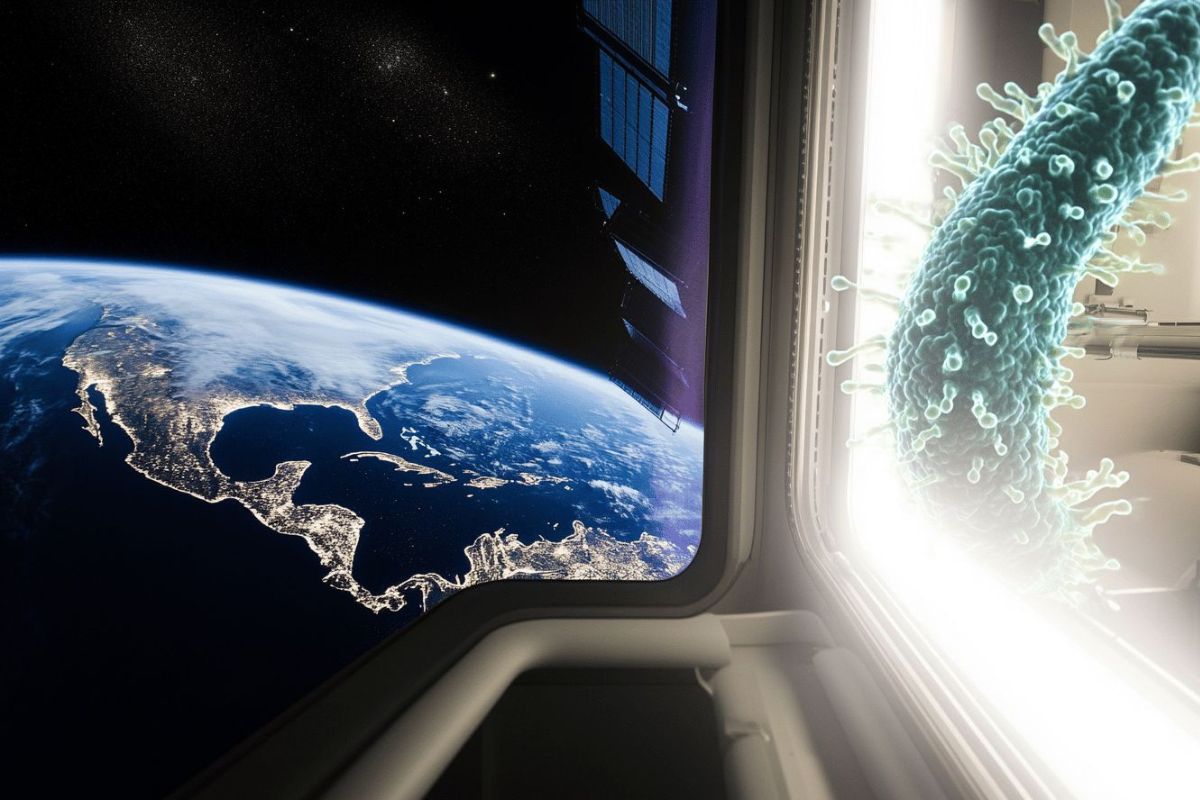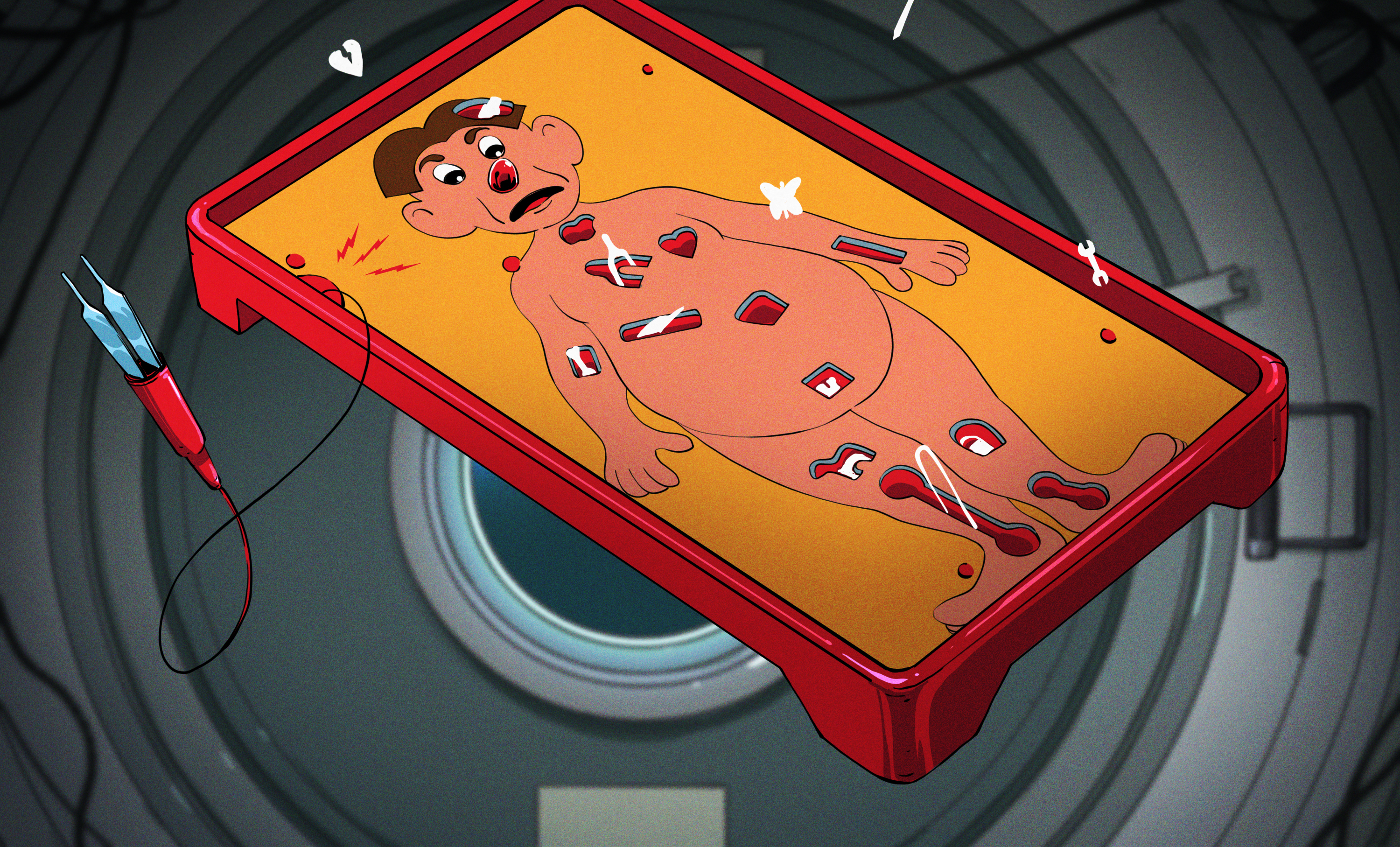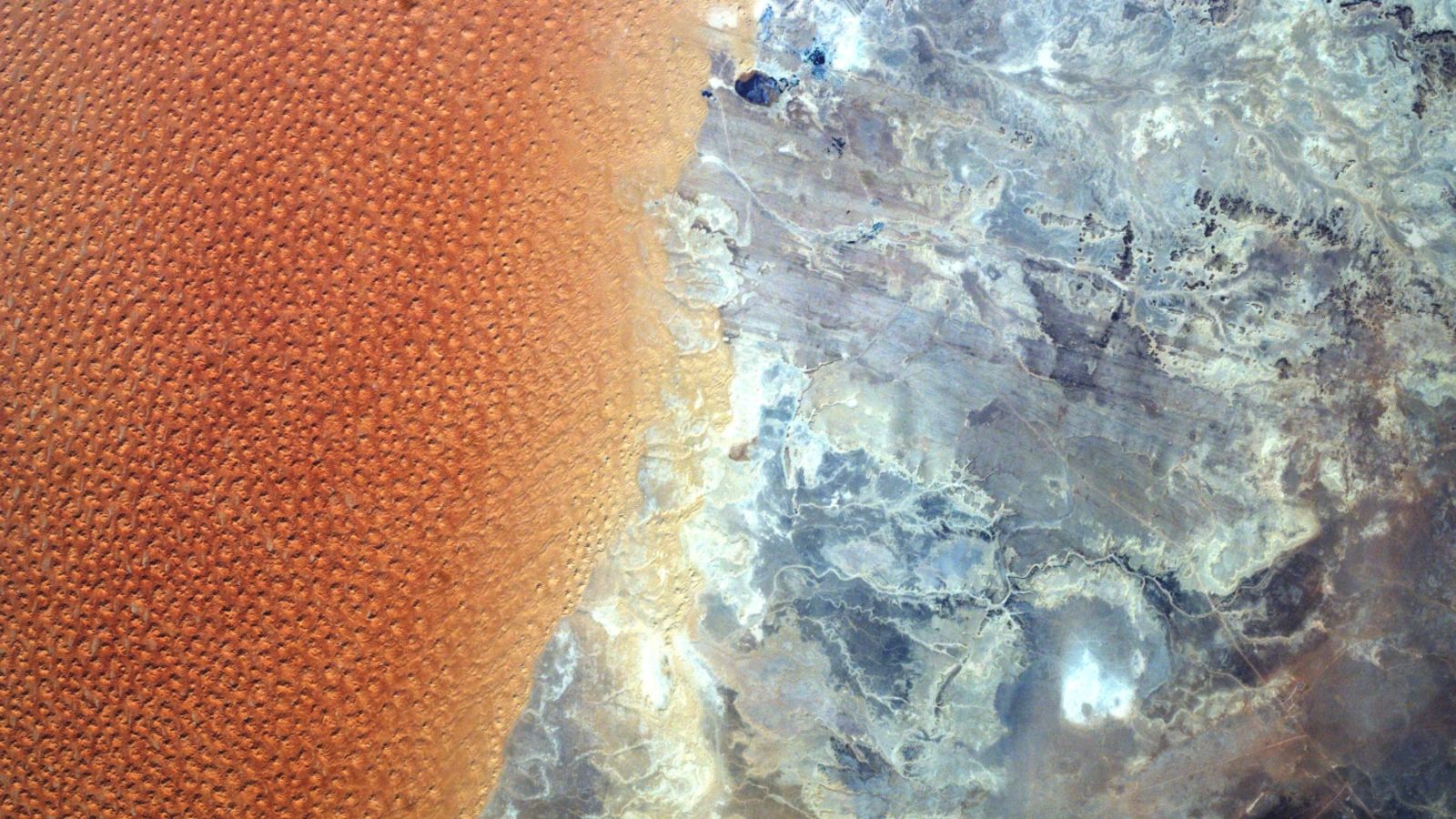The James Webb Space Telescope has, for the first time, measured the carbon-rich concoction that forms a moon-forming disk of gas and dust around a newly formed planetary body. It is hoped the instrument’s findings will help us understand how moons in our solar system, particularly those of the giant planets, came to be.
With the medium-resolution spectrograph on its Mid-Infrared Instrument (MIRI), the James Webb Space Telescope (JWST) targeted a disk surrounding the world CT Cha b, which has a mass 17 times the mass of Jupiter and is either a high-mass planet or a low-mass brown dwarf (the dividing line between the two remains somewhat blurred).
Regardless, CT Cha b orbits a young star, just two million years old, that’s 625 light-years away from us in the constellation of Chamaeleon. The disk encircling CT Cha b is suspected to be forming moons — although none have yet been detected — and the JWST measured a variety of carbon-bearing molecules present in the disk. These include acetylene, benzene, carbon dioxide, diacetylene, ethane, hydrogen cyanide and propyne : everything a growing moon needs. Other molecules are undoubtedly present, but remain undetected for now.
This is the first time the composition of a moon-forming disk has been measured, although there have previously been hints of interesting carbon chemistry in the disk.
“We saw molecules at the location of the planet [in archive data], and so we knew there was stuff in there worth digging for and spending a year trying to tease out of the data,” Sierra Grant of the Carnegie Institution for Science in Washington, said in a statement. “It really took a lot of patience.”
Grant led the observations along with Gabriele Cugno of the University of Zürich.
“We are seeing what material is accreting to build the planet and moons,” said Cugno.
Cugno alludes to the fact that CT Cha b is also positioned within a circumstellar planet-forming disk, albeit at a huge distance from its star of 440 astronomical units (41 billion miles/65 billion kilometers). For comparison, our outermost planet, Neptune, sits at a distance of about 2.8 billion miles (4.5 billion kilometers), although models of planetary migration suggest it could be possible for CT Cha b to move in towards its star over the next million years or so.
Nevertheless, CT Cha b’s great distance from its star, which keeps it out of the star’s glare, enabled its discovery via direct imaging by the Very Large Telescope (VLT) in Chile all the way back in 2006. The planet-forming disk was later confirmed by the SPHERE instrument on the VLT, and in recent years the JWST has shown the planet-forming disk is rich in ice grains but curiously lacking in carbon. It seems the carbon chemistry in the moon-forming disk around CT Cha b developed independently over the past two million years: Is such chemical evolution typical when building moons?
“We’re trying to understand how it all works,” said Cugno. “How do these moons come to be? What are their ingredients? What physical processes are at play, and over what timescales? Webb allows us to witness the drama of moon formation and investigate these questions observationally for the first time.”
This may be the first time a moon-forming disk has been studied in this way, but it won’t be the last. Although there has yet to be a confirmed discovery of an exomoon around any exoplanet, there are a handful of curious candidates and it is likely that moons outnumber planets in the universe, assuming that Jupiter and Saturn, with 95 and 274 confirmed moons respectively, are typical.
“We want to learn more about how our solar system formed moons,” said Cugno. “This means that we need to look at other systems that are still under construction.”
CT Cha b provides exactly that opportunity. The next steps will be to not only look in even greater depth at CT Cha b, but to conduct surveys of all potential moon-forming disks, searching for similarities and differences between them that can elucidate on models of how we think the solar system’s own moons formed.
The findings were reported on Sept. 29 in The Astrophysical Journal Letters.
Source link


